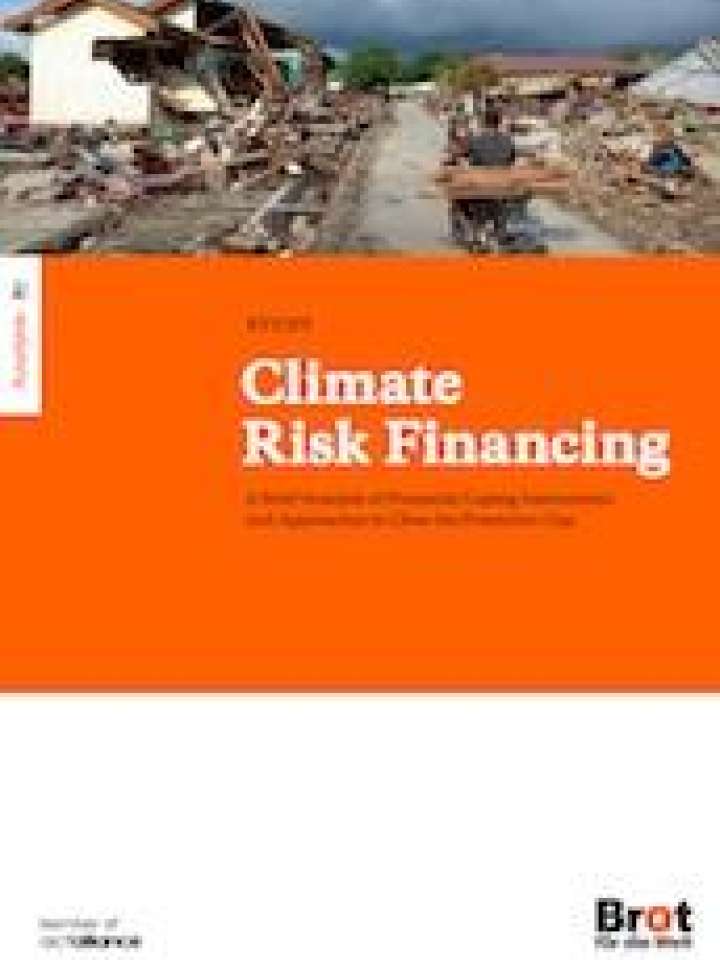Climate risk financing: A brief analysis of financial coping instruments and approaches to close the protection gap
This paper presents and discusses new and established climate risk financing instruments and approaches and how they could better contribute to closing the protection gap in vulnerable countries. It provides information and new ideas to civil society organizations and policymakers who are engaged in the broader debate on finding financing solutions to compensate climate-induced loss and damage following the principles of equity and climate justice. A further aim is to address knowledge gaps and misconceptions about what can be expected and what cannot be expected from risk financing instruments. It is an analytical paper, presenting fact-findings and some recommendations derived from research, but it is not a policy paper.
This paper identifies key challenges to closing the protection gap and increasing the resilience of poor and vulnerable people against climate risks. Affordability of climate risk insurance and the introduction of innovative climate risk financing instruments, for instance a contingent multilateral debt facility providing convertible concessional finance (CCF) that does not lead to the further indebtedness of vulnerable countries, are considered important approaches given that sufficient finance is mobilized to operationalize these instruments in a way that at least partially compensates for loss and damage, with the priority being on letting polluters pay. The paper concludes with eight recommendations on how to move risk financing forward.
Explore further
